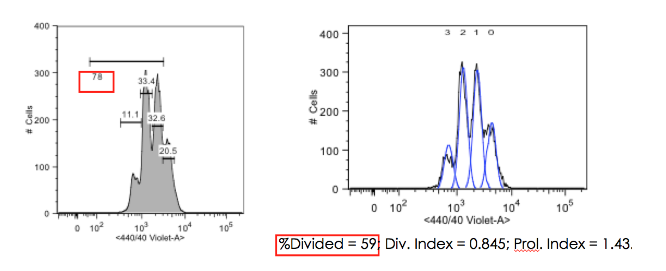

In the field of regenerative medicine, stem cells have been investigated for years, for their ability to repair injured tissue and restore organ function partially. 2009Z043).Ĭompeting interests: The authors have declared that no competing interests exist. 20120955), and Scientific Research of Health Department of Jilin Province (No. This is an open access article distributed under the terms of the Creative Commons Attribution License, which permits unrestricted use, distribution, and reproduction in any medium, provided the original author and source are creditedĭata Availability: Microarray data are submitted to Gene Expression Omnibus, and the accession number is GSE73548.įunding: This study was supported by the grants from the National Natural Science Foundation of China (81570944), Project (No.2015009) supported by Graduate Innovation Fund of Jilin University, Guangzhou science and technology program project (201505011555341), Science and Technology Development Project of Jilin Province (No. Received: AugAccepted: OctoPublished: October 23, 2015Ĭopyright: © 2015 Liu et al. PLoS ONE 10(10):Įditor: Gianpaolo Papaccio, Second University of Naples, ITALY (2015) Effects of SOX2 on Proliferation, Migration and Adhesion of Human Dental Pulp Stem Cells. This study indicated that SOX2 could improve the cell proliferation, migration and adhesion ability of DPSCs through regulating gene expression about cell cycle, migration and adhesion, and provided a novel strategy to develop seed cells with strong proliferation, migration and adhesion ability for tissue engineering.Ĭitation: Liu P, Cai J, Dong D, Chen Y, Liu X, Wang Y, et al. Finally, DPSC-SOX2 transfected with SOX2-siRNA showed a decrease of cell proliferation, migration and adhesion ability, which further confirmed the biological effect of SOX2 in human DPSCs. RNA microarray analysis indicated that some key genes in the signal pathways associated with cell cycle, migration and adhesion were upregulated in different degree, and the results were further confirmed with qPCR and western-blot. We found that SOX2 overexpression could result in the enhancement of cell proliferation, migration, and adhesion in DPSCs obviously. Furthermore, a rescue experiment was performed with SOX2-siRNA in DPSC-SOX2 to confirm the effect of SOX2 overexpression in DPSCs. Whole genome expression of DPSCs-SOX2 was analyzed with RNA microarray. The effect of SOX2 on cell proliferation, migration and adhesion ability was evaluated with CCK-8, trans-well system and fibronectin-induced cell attachment experiment respectively. SOX2 overexpressing DPSCs (DPSCs-SOX2) were established through retroviral infection. DPSCs were isolated from the dental pulp of human impacted third molar. In this study, we mainly investigated whether SOX2 could affect some biological functions of DPSCs. However, its exact effects in dental pulp stem cells (DPSCs) are still unclear.

As a key factor for cell pluripotent and self-renewing phenotypes, SOX2 has attracted scientists’ attention gradually in recent years.


 0 kommentar(er)
0 kommentar(er)
